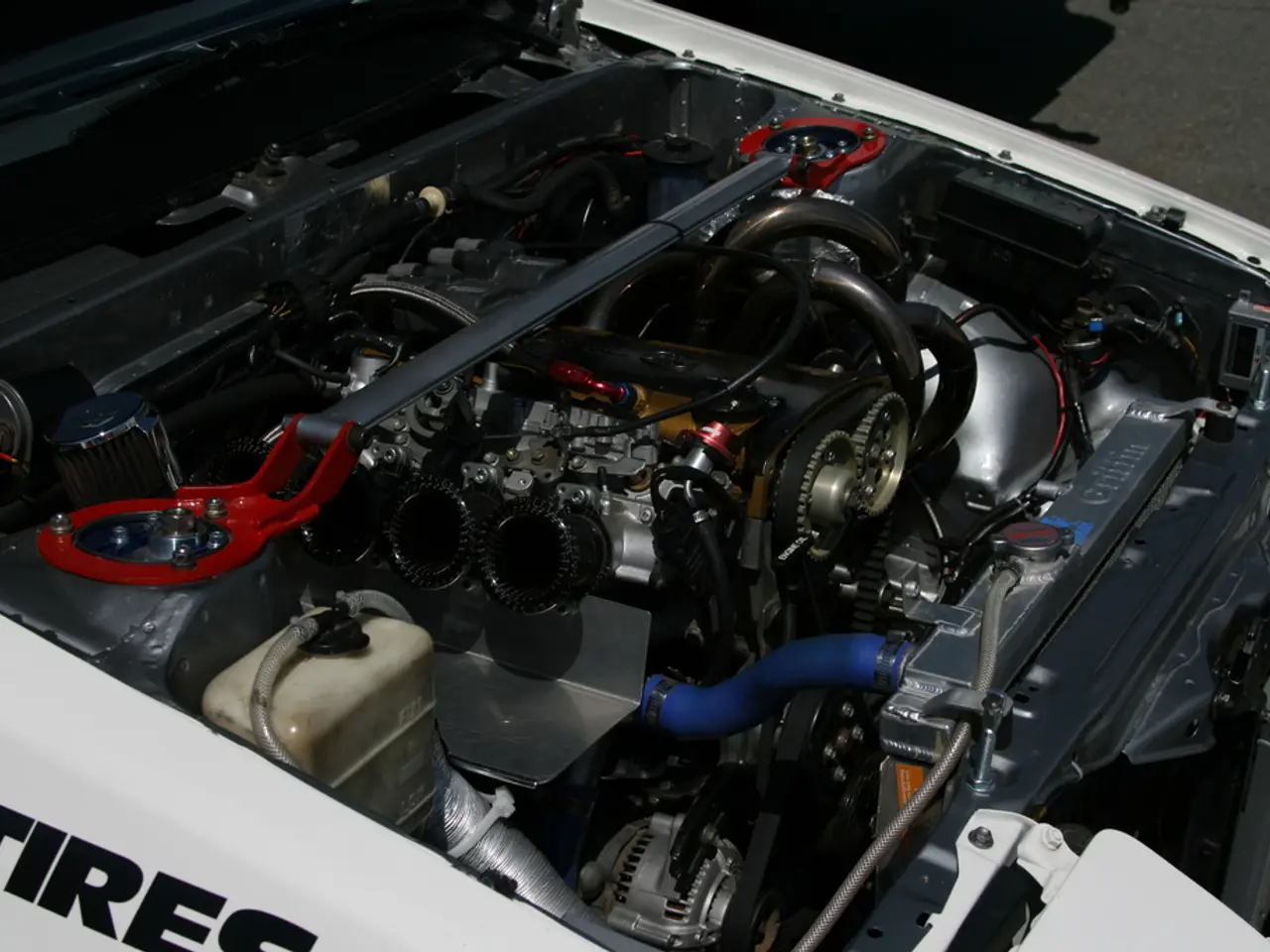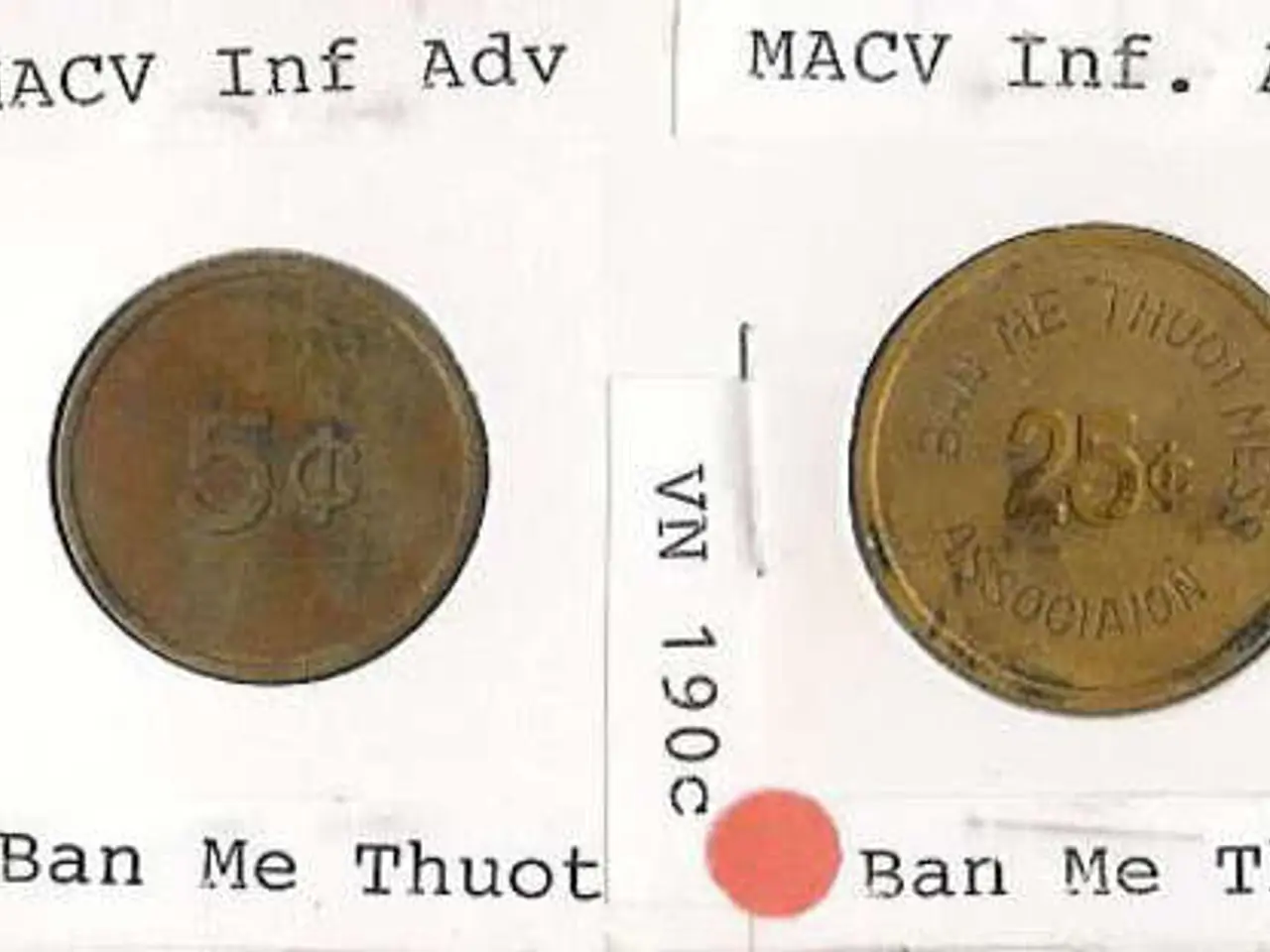Revolutionary Molecular-Level Battery Technology Poised to Reshape Energy Storage Landscape
In a groundbreaking development, a team of researchers from the University of Illinois has revealed a novel method to create better batteries. This innovative approach involves manipulating Electrical Double Layers (EDLs) in batteries, a discovery that could revolutionize the energy storage industry.
The study, led by Yingjie Zhang and Shan Zhou, with contributions from Qian Ai, Lalith Krishna Samanth Bonagiri, Kaustubh S. Panse, and Jaehyeon Kim, delves into the restructuring of EDLs near electrode surfaces during the nucleation and growth of material clusters. This fundamental insight could lead to improved control over electrochemical processes at the nanoscale, potentially enhancing battery performance, stability, and efficiency.
The implications for future battery technology are significant. By understanding how EDLs reconfigure, engineers can fine-tune electrode-electrolyte interfaces, which are critical for charge transfer and storage. This could lead to improved energy conversion and storage efficiency, extending battery lifespans, and enabling the design of advanced battery materials operating under wider temperature ranges or higher voltages.
The Air Force Office of Scientific Research provided funding for the Rethinking Energy Storage study, which started at the University of Illinois Grainger College of Engineering. The optimized EDLs could help engineers make more efficient batteries in the future, leading to smaller devices and easier integration of technology.
The world is currently seeking to develop better batteries to power the increasing number of portable, high-tech devices. This technology could be particularly beneficial for electric vehicles, which rely on powerful batteries for operation. Moreover, the future of flight appears to be electric, and this technology could help overcome the limiting factor of battery weight-to-power ratios in the aerospace industry.
Limitations and issues with lithium-ion batteries continue to drive researchers to find alternatives. Lithium-ion batteries are the most popular type of portable storage due to their high power density and extended life cycle. However, they face challenges in terms of safety, lifespan, and efficiency, especially in extreme conditions.
The manipulation and characterization of EDLs at nucleation sites offer a promising avenue to address these issues. By controlling the heterogeneous EDL structures, battery nucleation and growth kinetics can be managed to reduce detrimental effects such as dendrite formation, leading to longer-lasting and safer batteries.
The data found in the Rethinking Storage Devices study has potential applications beyond just improving battery efficiency. For instance, batteries play a crucial role in healthcare, and this technology could help keep medical devices running longer. Furthermore, batteries are a critical component of today's green energy alternatives, and this technology could help create massive storage solutions for solar and wind farms.
In summary, the manipulation and characterization of EDLs at nucleation sites offer a promising avenue to enhance battery performance, safety, and design through better control of interfacial chemistry and physics at the molecular scale. This breakthrough could pave the way for a new era of energy storage technology, beyond current lithium-ion systems.
- This breakthrough in manipulating Electrical Double Layers (EDLs) in batteries, as studied by researchers from the University of Illinois, could lead to significant advancements in science and technology, particularly in the field of energy storage.
- The improved control over electrochemical processes at the nanoscale, achieved by understanding how EDLs reconfigure, has the potential to revolutionize battery technology, benefiting everything from portable devices to electric vehicles and green energy storage solutions.




